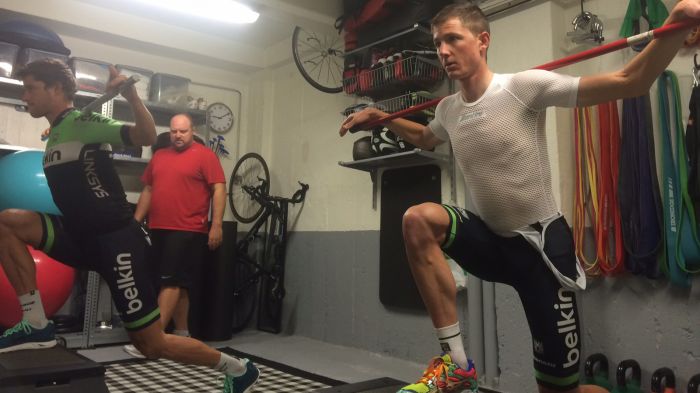
It's no secret that cycling requires strength: leg strength, arm and shoulder girdle strength and core strength (and stability) are often overlooked parts of cycling prowess. I've personally seen the benefits of combining moderate strength training with cycling, and I've seen clients, athletes and patients benefit greatly from increased strength.
“But cycling is and aerobic sport” I hear you cry. You're 100% right, cycling (aside from track sprinting) is predicated on aerobic conditioning and capacity. However, no sport can exist in a strength vacuum;, and cycling is no exception; lack of strength (especially functional strength) is a short road to injury and underperformance. Your body needs strength and stability to be able to efficiently utilize its aerobic capacity. The problem with strength and stability is that it's exactly like your aerobic capacity in the idea that if you don't use it you lose it. I've talked about strength training and building strength in weightlifting for cyclists part 1 and part 2, and detailed in my Raw Strength Modular training plan, but an important part of strength training is maintaining the gains made during those winter sessions. That can be tough for a couple reasons, which I'll explore in today's podcast.
Click through for the show notes and learn how to maintain those winter strength gains through the year and set yourself up for even bigger gains next year.
Continue reading “Maintaining Strength Gains During The Season (Podcast #60)”
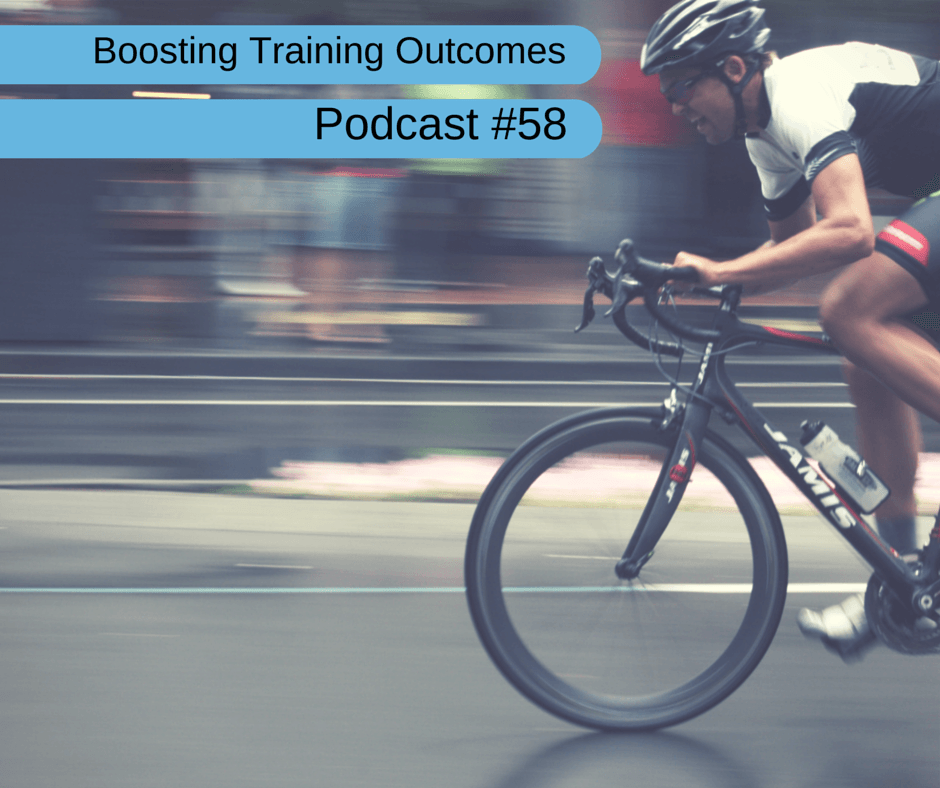
This time of year, the focus of your questions has turned from how to get strong and fit for upcoming events to wringing the most out of your training time. If you are anything like the 99% of cyclists for whom riding a bike isn't a job, you have limited time to train and need to get the most out of each hour. I'll wager that these questions that I'm getting will apply to many of you out there. It's true that no question is a stupid one, and since there's a lot of valuable information in each of the topics I'll talk about, I've put them together into a podcast intended to help you boost your training outcomes.
In this episode of the Tailwind Coaching Podcast, I'll explain how you can boost your fitness and increase your training outcomes with some simple techniques. After the jump, you'll be able to peruse the show notes and read a synopsis of what's talked about in this episode.
Don't forget to hit the like and share buttons on the left to share this information with your friend, group ride buddies and teammates!
Now, learn how to boost your training outcomes with these simple tips:
Continue reading “Coaching Q&A – Ways to Boost Your Training Outcomes (Podcast #58)”
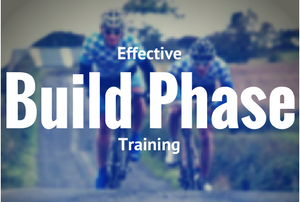
Do you wish you could get more cycling prowess out of your build phase training?
So do a lot of riders.
Here's a short backstory: A while back I released a podcast discussing how you can get the most out of your base training by throwing out much of the old school rhetoric and focusing on new school science. That podcast has become one of my most popular podcasts to date, sparking questions about everything from workout frequency to using High Intensity Training to rocket your fitness up during the base phase. It didn't stop with the base phase either: people started asking how to turbocharge their build phase training too.
So by popular demand, this time, I'm going to tackle the build phase of your training plan. Again, the name of the phase sort of gives away the goal behind it: to build fitness in an exponential way. However, fitness is a tricky thing: there's general fitness (for you power meter users, that's the CTL on the performance management chart) and there's situation specific fitness such as climbing ability, sprinting ability, 3 minute power, etc etc (which can all be tracked if you're training with power). Many athletes are happy with going out and doing the same old rides, watching their “fitness” (really, they're seeing an increase in CTL) steadily climb. Then they register for a fondo, race or event and fail to meet their expectations.
Why?
Because they didn't train their weaknesses, nor did they build specific fitness to conquer their goals.
In this episode of the Tailwind Coaching Podcast, we'll cover that and more. Show notes and links are available after the jump:
Continue reading “Effective Build Phase Training (Podcast #55)”
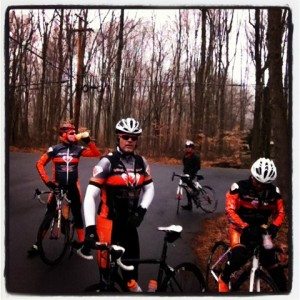 If you looked at the calendar recently and wondered where the “(Not so) off season” went, you're not alone. If you're starting to sweat your fitness level a little bit because you've been lacking motivation to get on the indoor trainer and hammer out some miles, you're DEFINITELY not alone. If you're thinking you have about 8 weeks until you should be riding with your buddies, racing or setting PRs in gran fondos, well, I'm right there with you.
If you looked at the calendar recently and wondered where the “(Not so) off season” went, you're not alone. If you're starting to sweat your fitness level a little bit because you've been lacking motivation to get on the indoor trainer and hammer out some miles, you're DEFINITELY not alone. If you're thinking you have about 8 weeks until you should be riding with your buddies, racing or setting PRs in gran fondos, well, I'm right there with you.
That's why I'm running a six week e-Bootcamp to kick your fitness up a notch or two.
Each week, you'll receive an email with your weekly training plan, some relevant tips to help you achieve the week's goals and my expert guidance. Here's what to expect:
- A 6 week training plan, delivered each week of the camp.
- Coaching support (just respond to your weekly email with questions)
- Nutritional advice, training physiology concepts, mental toughness tips, recovery advice, and more delivered each week.
How much? A few hundred dollars for 6 weeks of training plans, coaching support and training advice? How about $60? That's ten dollars per week.
Check out the e-Bootcamp information page for more detailed information.
There's no deadline, there's no catch. You can do a 6 week intensive bootcamp any time you want with this program.
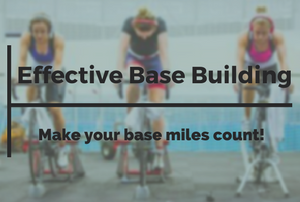
When you hear the term “cycling base training” many of you think of cycling base training, involving long slogs through frozen tundra and icy winds. Those of you who are racers or competitive fondo riders may believe that the necessary base miles for competitive cycling are long, boring and low intensity, with little variety. Other, more recreational riders may think about watching the Tour de France while they spin away on the indoor trainer for a couple hours per week, hoping to get a jump on their group riding buddies. I've got a newsflash for you: those impressions are OLD SCHOOL and couldn't be further from the truth.
In reality, base training should be taken to it's most primal definition, one that's hidden within the term itself. “Base training” should be the activity done to build a solid BASE for your future fitness, both on and off the bike.
Just like the base of the human body is the core (everything attaches to it, everything works through it, so it's the true base of the body), the base of your fitness involves the core and everything contained within it, including your heart, lungs, and cardiovascular system. As an extension of your core, your legs have something to do with this too. Since they're the stems that attach your core to your pedals and they are important to build a base of fitness for as well. So it's not just accumulating saddle time that should be your focus (although you really do need saddle time), but what you do WHILE accumulating saddle time.
In this episode of the Tailwind Coaching Podcast, I'll talk about the importance of base training and how you can be more effectively base training than you are now.
Read more after the jump, including:
Continue reading “Effective Base Building (Podcast #51)”




